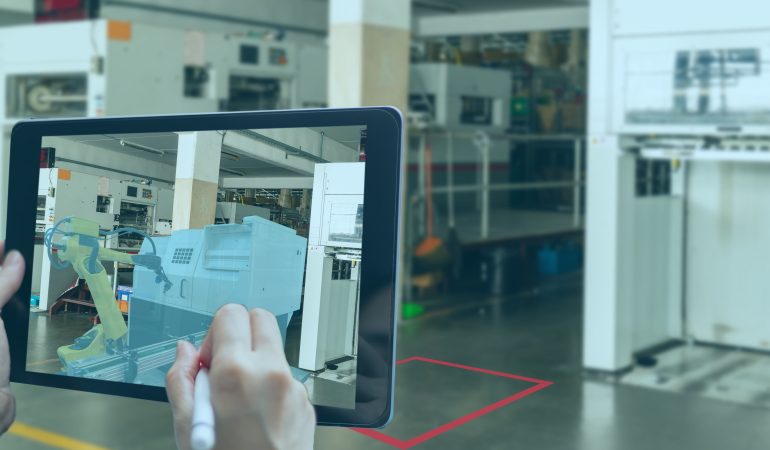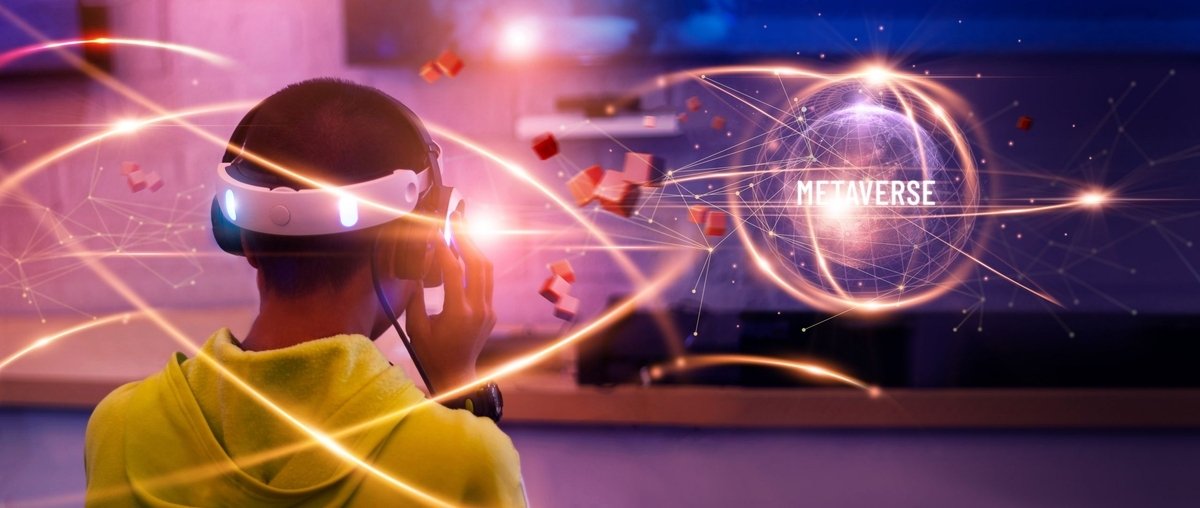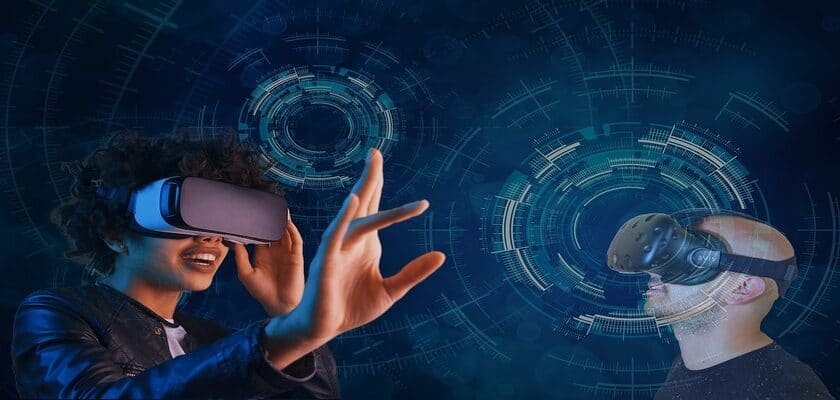Workforce training with Augmented Reality

How to enhance workforce training with Augmented Reality?
Technology is leaving no stones unturned to simplify the living and reduce workload. Tech is an ever-changing and ever-evolving field. Now and then, innovations are being introduced in the market. Parallelly new problems pop up in different industries. Sometimes we are ready to tackle it, sometimes not. So, technology has a solution to make a new problem not-so-new by introducing it in the training period. We need equipment or tools to enhance the training. Augmented Reality is working as a high-profile technology to enhance workforce training. It revolutionizes the complete process with its real-time virtual training. AR increases the productivity of trainees. It is being used to enhance workforce training in different industries such as healthcare, construction, oil and gas industry, education, retail industry, sports, and many more. So, let us dive a little more and have a look at:
Different ways to enhance workforce training with Augmented Reality is mentioned below:
Workforce training with Augmented Reality helps to reduce the skill gap. In this cut-throat competitive world pinch of this cutting-edge technology is a must to remain competitive.
- Installation and repair of machines: It is tedious to install new machines without any proper guidelines. Sometimes the parts are not placed at the exact location. Reading instructions may not be transparent and impactful sometimes. This can cost heavily and even affect lives by welcoming unprecedented situations.
Augmented Reality in workforce training offers a personnel stepwise guide. It increases the efficiency of installation and saves time. A virtual tutorial using AR helps technicians to understand the steps. The quick demonstration not only helps in installing machines but also plays a crucial role by assisting repair. For example, Blippar’s AR creator is built by CISCO to help technicians introduce video demonstrations. According to the survey, this leads to an “ increase in installation efficiency by 30% and first-time accuracy by 90%”.
- Medical training: Augmented Reality has reshaped medical training with its dynamic support. Most of the medical colleges and healthcare institutions are working hard to integrate AR into their system. A wide range of challenges in this complex sector is waiting to be solved. AR helps nurses to give new drugs with the help of video demonstrations. It helps medical students to increase practice on virtual bodies superimposed in a real environment with the help of the AR technique.

Medical surgeons need not cut the body before operating. Surgeons can use AR to diagnose the exact part and then start an operation. AccuVein is helping medical professionals to identify veins at a go and then inject.
Image source: https://mobidev.biz/blog/augmented-reality-future-trends-2018-2020
- Safety training: Safety is the topmost priority irrespective of the sector. Many times in some sectors like constructions, oil and gas industry workers have to go through hazardous risks. This can sometimes put lives at stake. Augmented Reality helps to assist workers to deal with emergencies and also notifies about upcoming danger. Safety training is a must for manufacturing sites. Concerned workers need to go through vigorous training still there is a lack of practice. With the help of AR, employers can get a real-time virtual experience. Employers will get a vibe of facing actual emergency cases.
- Sales and marketing training: AR has revolutionized the sales and marketing sector with its amazing solutions. 75 percent of consumers want to integrate AR in sales. People are now not fascinated by the traditional sales process. The traditional process was not only less engaging but consumed a lot of time as well. The use of augmented reality in workforce training has the potential to disrupt the market. It makes sales more engaging and interactive. AR uses try before you buy selling strategy to allure customers. Customers love to check the actual look of products on themselves before purchasing. It gives better visualization. The technology fulfills the demand. For example, IKEA’s place allows us to virtually place furniture in your house before finalizing.
- Remote support: In odd hours field workers might need the support of more experienced or trained workers. AR headsets allow us to connect with experts and have real-time guidance throughout the process. It works on the principle of “see what I see”. AR allows the sharing of files as well as computer-generated 3D objects and plays a crucial role in distant collaboration.
Accelerates learning curves: It is said with traditional training workers are likely to forget “ 50% of information within one hour, 70% within 24 hours, and 90% over a week”. Unlike this workforce training with AR ensures better productivity as well as retention. A survey says “ 60% IDC survey respondents accelerated the time between training and operation with AR. AR helped reduce overall training time by 60%.”
- image credit: https://www.hrtechnologist.com/articles/learning-development/augmented-reality-for-training/
Benefits of using AR in workforce training:
- Cost-effective solution: Augmented Reality in workforce training helps to save large chunks by making employers ready for upcoming dangers. Sometimes due to inappropriate information or setup manufacturing industry has to bear losses of millions. AR helps to save those millions by saving from upcoming danger. It encourages faster learning curves for employers. Companies need not have to travel and go to the actual location to train well. Organizations can use AR to build a real-time virtual environment and superimpose artificial training objects.
- Saves lives: Lives of workers in risky manufacturing zone are most of the time at stake. AR saves the lives of employees by training them well enough to handle emergencies. It gives prior notifications of upcoming dangers.
- Prevents damages and knowledge losses: Augmented Reality in workforce training saves industries from unprecedented losses. On-field workers can get real-time guidance from experts using an AR headset. ARkit and Google’s AR core is widely used to get robust AR solutions. The retirement of older workers can lead to a waste of their expertise. Industries can use AR to collect that knowledge and use it as guidance for newcomers.
Final note:
AR has immense potential to reshape the workforce training of almost all industries. AR is an emerging technology, it has always room for innovations and use cases. Better training leads to better growth. Companies are quick to understand this concept and embrace technology.





